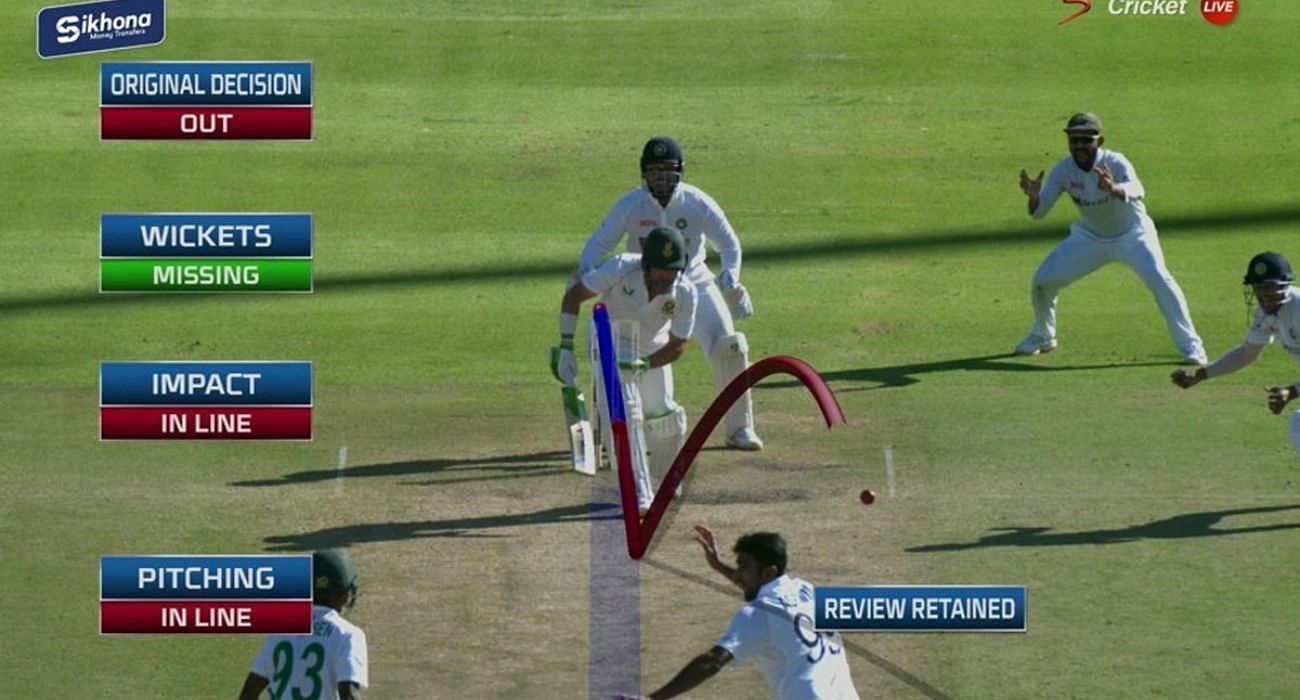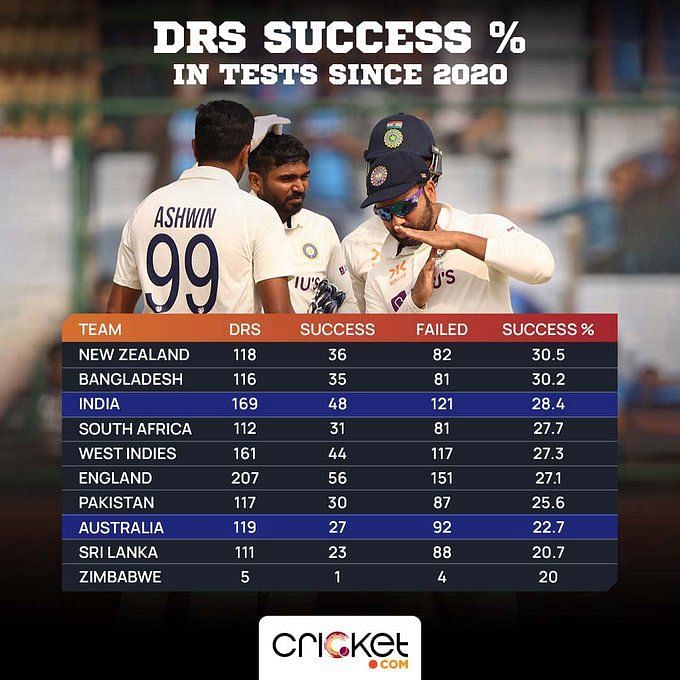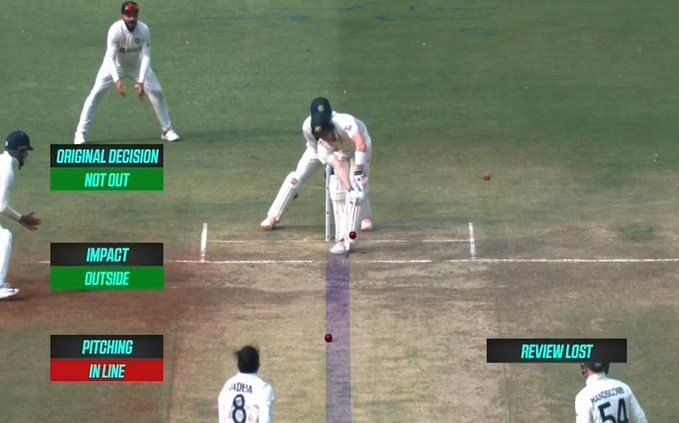
How many DRS Reviews are allowed in Test Cricket?
The Decision Review System (DRS) is among the most controversial aspects of the game owing to its ambiguity. It was introduced in Test cricket in 2008 and began its implementation across ODIs and T20Is in 2011 and 2017 respectively. Apart from international cricket, it has been extensively used in franchise cricket over the years.
The technology in place, along with its use by the teams so far in the ongoing Border-Gavaskar trophy, has been more than just a talking point.
Team India blew through their reviews in place while bowling on Day 1 in Indore after being bowled out for a paltry 109 in 33 overs. Rohit Sharma was persuaded by Ravindra Jadeja to claim the reviews, but the Men in Blue did not even manage to retain their reviews as the appeal was far off. In the first instance, the ball was pitching outside leg, while in the subsequent one, the impact was not in line.
Ultimately, when the hosts did require a review, they did not have any at their disposal, leaving skipper Rohit Sharma cutting a frustrated figure on the field.
According to the current ICC rules, which were updated during the COVID-19 era, each team will receive three reviews per inning.
“The CEC [ICC’s Chief Executive Committee] has also confirmed an additional unsuccessful DRS review for each team in each innings of a match, keeping in mind that there may be less experienced umpires on duty at times."
The statement continued:
“This will increase the number of unsuccessful appeals per innings for each team to three for Tests and two for the white-ball formats.”
Earlier, there was a provision where the reviews will be reset after 80 overs, a point where the new ball is usually taken. However, the teams will only have three reviews to use across any circumstance in an inning.
It is to be noted that teams retain their reviews if the decision is overturned or the verdict comes as an umpire's call.
How many DRS Reviews are allotted in white-ball cricket
Earlier, only one review per innings was allotted to a team per innings across white-ball formats. However, the number of reviews per innings for a team has increased to two.
The principle remains the same, with teams retaining their review as long as the decision is overturned or the verdict comes across as an umpire's call.
Should the ICC look to revamp the DRS and introduce a solution to omit the vague umpire's call verdict? Let us know what you think.


